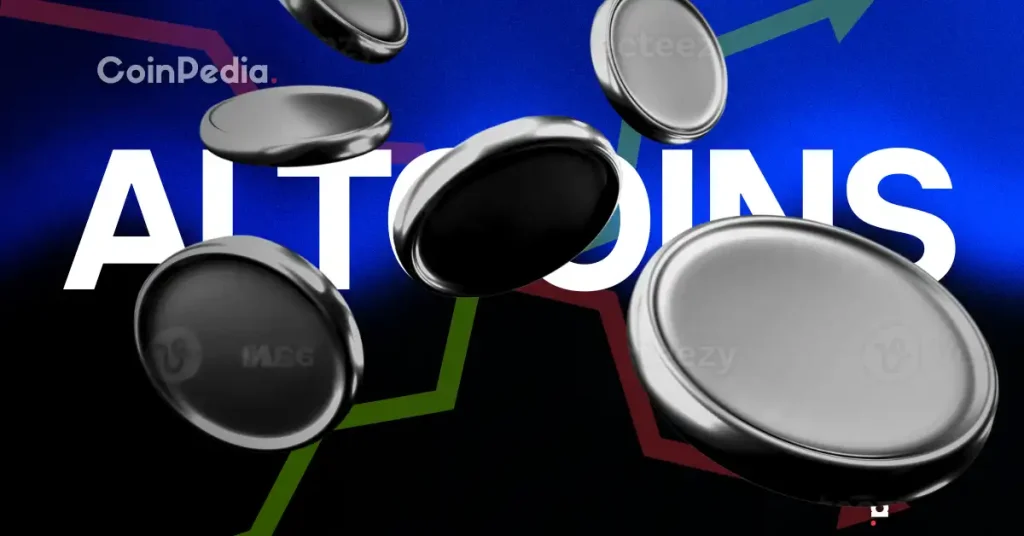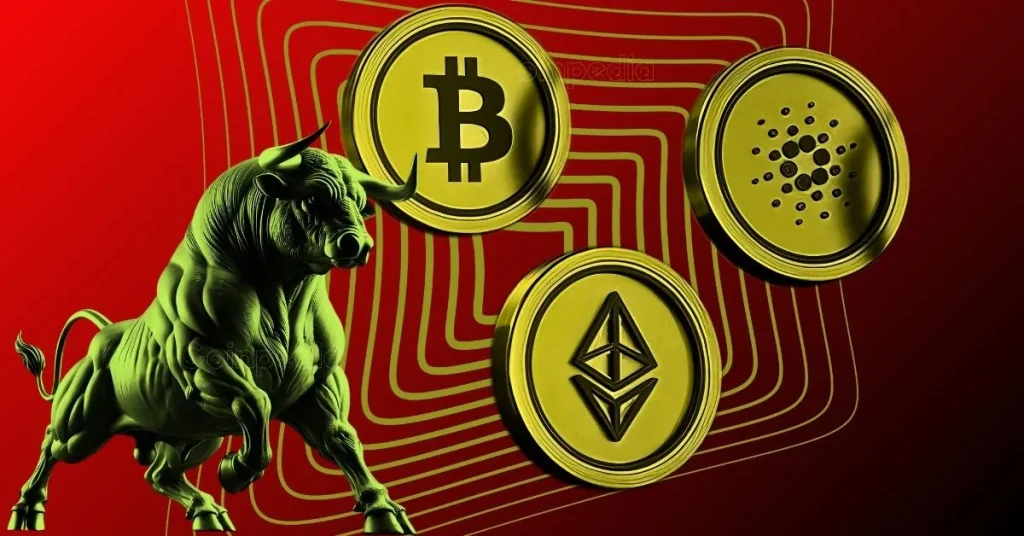The imposition of U.S. tariffs has brought about a notable shift in the national economy, as well as the international trade landscape. Contrary to fears of heightened inflationary pressures, the tariffs have not had the feared adverse impact and are instead playing a crucial role in facilitating a reduction in both inflation and interest rates, according to recent analyses.
What is Driving Bitcoin’s Price Increase?
Bitcoin prices have recently seen an upswing, influenced significantly by statements from Kristalina Georgieva, the Managing Director of the International Monetary Fund (IMF). She emphasized that the maximum level of weighted tariffs has been reached and is now on a decline, thus countering the belief that rising tariffs would inevitably cause inflation to soar.
How Does This Affect the Global Economy?
Critical insights from Georgieva have shed light on the current global economic environment. Despite facing numerous challenges and setbacks, the worldwide economy outperformed expectations. The IMF forecasts indicate a decrease in global growth rates, moving from 3.7% before the pandemic to around 3% in the medium-term future. Additionally, the IMF suggests that China should adopt a fiscal strategy aimed at enhancing private consumption while curbing industrial policy expenses.
In the case of the United States, there is a need for sustainable fiscal measures to tackle the federal budget deficit and encourage household savings. Projections indicate that global public debt will surpass 100% of GDP by 2029, impacting both developed and emerging markets alike.
The decrease in the U.S. trade-weighted tariff rate from 23% in April to 17.5% is notable. Potential corrections in stock market valuations might pose risks to global growth, especially affecting developing nations. The durability of the global economy remains uncertain, with the full effects of high U.S. tariffs not fully realized. As U.S. prices adjust to tariffs, higher inflation could arise, prompting possible tariff increases due to a surge in imports.
Beyond tariff reductions, the surge in global public debt has also fueled Bitcoin’s rise. Nonetheless, this increase was transitory, as Bitcoin’s value settled at $122,500 after its brief spike. In an environment marked by falling interest rates and growing public debt, the upward trajectory of scarce assets like gold suggests that a bearish phase for Bitcoin is unlikely.
“The peak of weighted tariffs has been achieved, and a decline has followed, challenging the assumption that escalation leads to higher inflation,” said Kristalina Georgieva.
As the economic landscape continues to evolve, these developments highlight the interconnectedness of policy decisions, global trade, and digital currencies, prompting market participants to closely monitor these intricate dynamics.
Disclaimer: The information contained in this article does not constitute investment advice. Investors should be aware that cryptocurrencies carry high volatility and therefore risk, and should conduct their own research.
















 English (US)
English (US)